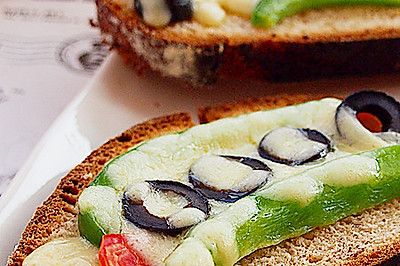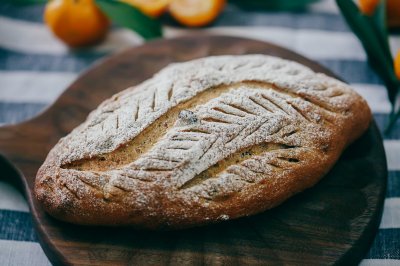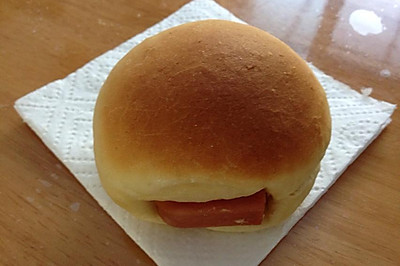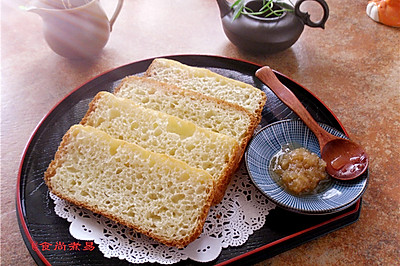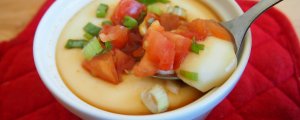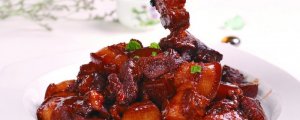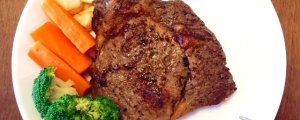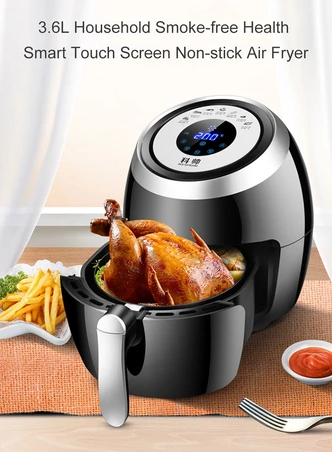
Five minute knead free bread
(66043 views)
No kneading machine. It's too tired to knead by hand. It's a good way to eat bread.
Cooking ingredients
Cooking Steps

Step1:1. Put dry yeast, warm water, flour and salt into a large container one by one. Stir with a wooden spoon until there is no dry powder. Cover it (do not seal it) or apply the preservative film for 2 hours. 2. The dough in the room temperature wake-up state expands in the container. Continue to cover (do not seal) or apply the preservative film. Put it in the refrigerator and refrigerate for 3 hours to relax. 3. Sprinkle a little flour (anti stick) on the loose dough. Visually measure the size of half of the dough (because make 2 dough). Pull it up by hand. Take a knife with the other hand to cut off the dough. Gently roll the dough into a circle in the hand. Put it on the baking tray covered with oilcloth (flour is sprinkled on the oilcloth). Roll the dough on the oilcloth for several times. Stick the flour on the surface. Ferment for 40 minutes at room temperature for two times. 4. Sprinkle some flour on the dough. Use a sharp knife to cut the surface. 5. Preheat the oven to 220 degrees. Put the baking plate in the middle. Put a flat plate of boiling water (to make steam) under the baking plate. Bake for about 20 minutes. Tips-1. Yeast will reduce its activity when exposed to salt. So put yeast first and salt last. 2. Some studies have shown that the rehydration activation of high activity Baker's yeast directly affects the activity of yeast. Through the comparative study of the effects of different rehydration activation temperatures on the activity of yeast, 43 ℃ is the best rehydration temperature of dry yeast. With the further increase or decrease of temperature, The loss of activity of active dry yeast has increased in varying degrees. So you can buy a thermometer to measure it when you make bread at home. If not, it doesn't matter. It's a little higher than the temperature. It's not hot.
Cooking tips:There are skills in making delicious dishes.
 Chinese Food
Chinese Food
